What Does A Gimbal Do ?
A gimbal is a pivoted support that allows an object to remain level or maintain its orientation regardless of the motion of its surroundings. It consists of a set of rings or pivots that are mounted on axes perpendicular to each other. The primary purpose of a gimbal is to stabilize and control the movement of an object, such as a camera or a ship's compass, by keeping it balanced and level. This is achieved by allowing the object to rotate freely in multiple directions while maintaining its original orientation. Gimbals are commonly used in various applications, including photography and videography, aerospace engineering, navigation systems, and mechanical devices that require stability and control.
1、 Stabilizes camera or other devices for smooth motion capture.
A gimbal is a device that stabilizes a camera or other devices to capture smooth and steady motion. It consists of three axes of rotation that allow the camera to remain level and balanced, regardless of the movement of the operator. This technology has revolutionized the way videos and films are shot, providing professional-grade stabilization to amateur filmmakers and content creators.
The primary function of a gimbal is to eliminate unwanted camera movements such as shakes, vibrations, and jerks. It achieves this by using motors and sensors to detect and counteract any motion detected by the camera. This results in incredibly smooth footage, even when the operator is walking, running, or moving in any other way.
In addition to stabilization, gimbals also offer other features that enhance the overall filming experience. Many gimbals have built-in controls that allow the operator to pan, tilt, and roll the camera smoothly and precisely. Some gimbals even have advanced features like object tracking, time-lapse, and motion control, which further expand the creative possibilities for filmmakers.
Gimbals are not limited to cameras alone. They can also be used to stabilize other devices such as smartphones, action cameras, and even drones. This versatility makes gimbals an essential tool for a wide range of industries, including filmmaking, videography, journalism, sports, and more.
In recent years, gimbals have become more compact, lightweight, and affordable, making them accessible to a broader audience. With the rise of social media and online content creation, gimbals have become a popular tool for vloggers, YouTubers, and influencers who want to elevate the quality of their videos.
Overall, a gimbal stabilizes cameras and other devices for smooth motion capture, providing a professional and cinematic look to videos and films. Its versatility and accessibility have made it an indispensable tool for anyone looking to create high-quality visual content.

2、 Maintains balance and prevents unwanted vibrations during movement.
A gimbal is a device that maintains balance and prevents unwanted vibrations during movement. It consists of a pivoted support that allows an object, such as a camera or a smartphone, to rotate freely in multiple axes. The primary purpose of a gimbal is to stabilize the object and ensure smooth and steady footage or images, even when the operator is in motion.
Gimbals have been widely used in the film and photography industry for many years. They have revolutionized the way videos and photos are captured, providing professional-grade stabilization to amateur filmmakers and photographers. By counteracting the effects of shaky hands or sudden movements, gimbals enable users to achieve professional-looking results without the need for expensive equipment or extensive post-processing.
In recent years, gimbals have become increasingly popular among content creators and vloggers. With the rise of social media platforms and the demand for high-quality video content, gimbals have become essential tools for capturing smooth and engaging footage. They allow vloggers to record their adventures, travel experiences, or daily activities with cinematic precision, enhancing the overall viewing experience for their audience.
Moreover, gimbals have found applications beyond the realm of photography and videography. They are now being used in various industries, such as robotics, aerospace, and even medicine. In robotics, gimbals are employed to stabilize sensors and cameras, enabling robots to navigate and interact with their environment more effectively. In aerospace, gimbals are used to stabilize satellite antennas and imaging systems, ensuring accurate data collection. In medicine, gimbals are utilized in surgical procedures, providing surgeons with steady and precise control over endoscopes and other medical instruments.
Overall, gimbals play a crucial role in maintaining balance and stability during movement, allowing for smooth and professional-looking footage or images. As technology advances, gimbals continue to evolve and find new applications, making them an indispensable tool in various industries.
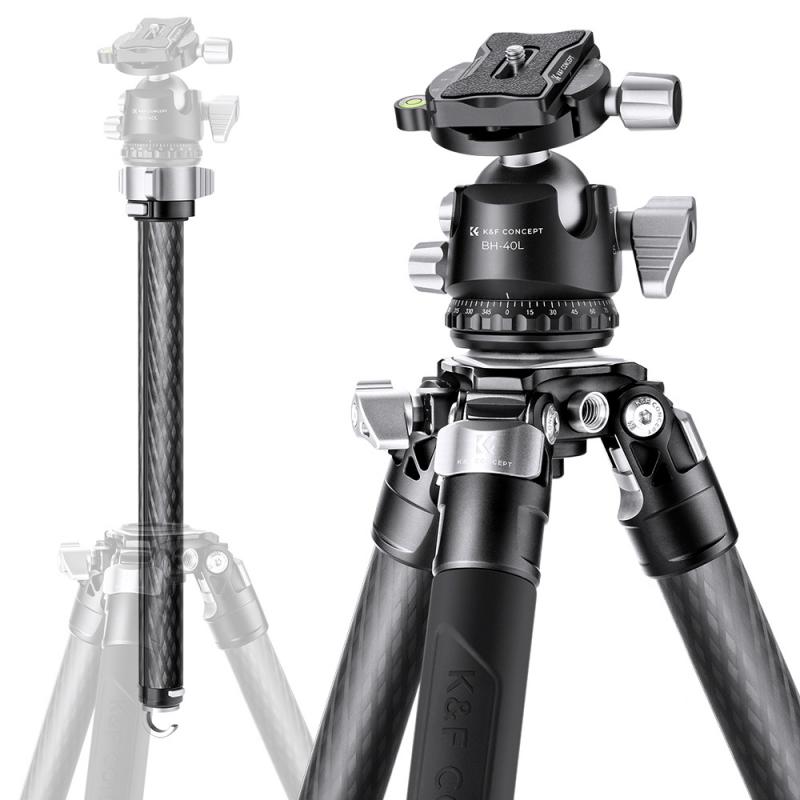
3、 Enables multi-axis rotation for versatile positioning and tracking.
A gimbal is a device that enables multi-axis rotation for versatile positioning and tracking. It consists of a pivoted support that allows an object, such as a camera or a smartphone, to remain stable and level regardless of the movement of the operator's hand or the surface it is placed on. This technology has revolutionized the way we capture videos and photos, providing smooth and professional-looking footage.
The primary function of a gimbal is to stabilize the camera or smartphone, eliminating shaky footage that can occur due to hand movements or vibrations. By using a combination of sensors and motors, the gimbal detects and counteracts any unwanted motion, ensuring that the camera remains steady and level. This is particularly useful in situations where the operator is moving, such as when walking or running, or when capturing footage from a moving vehicle.
In addition to stabilization, gimbals also offer versatile positioning and tracking capabilities. They allow the camera to rotate smoothly along multiple axes, including pan, tilt, and roll. This enables the operator to capture shots from various angles and perspectives, adding creativity and dynamism to their footage. Gimbals also often come with features like follow mode, where the camera automatically tracks a subject, keeping it in the frame as it moves.
The latest advancements in gimbal technology have made them more compact, lightweight, and user-friendly. Many gimbals now offer wireless connectivity, allowing users to control the camera's movements remotely through a smartphone app. Some gimbals even incorporate advanced features like object tracking, time-lapse, and motion control, further expanding their capabilities.
Overall, gimbals have become an essential tool for videographers, photographers, and content creators, enabling them to capture smooth, professional-quality footage with ease. Whether it's for vlogging, filmmaking, or documenting adventures, a gimbal provides stability, versatility, and creative freedom in capturing the perfect shot.
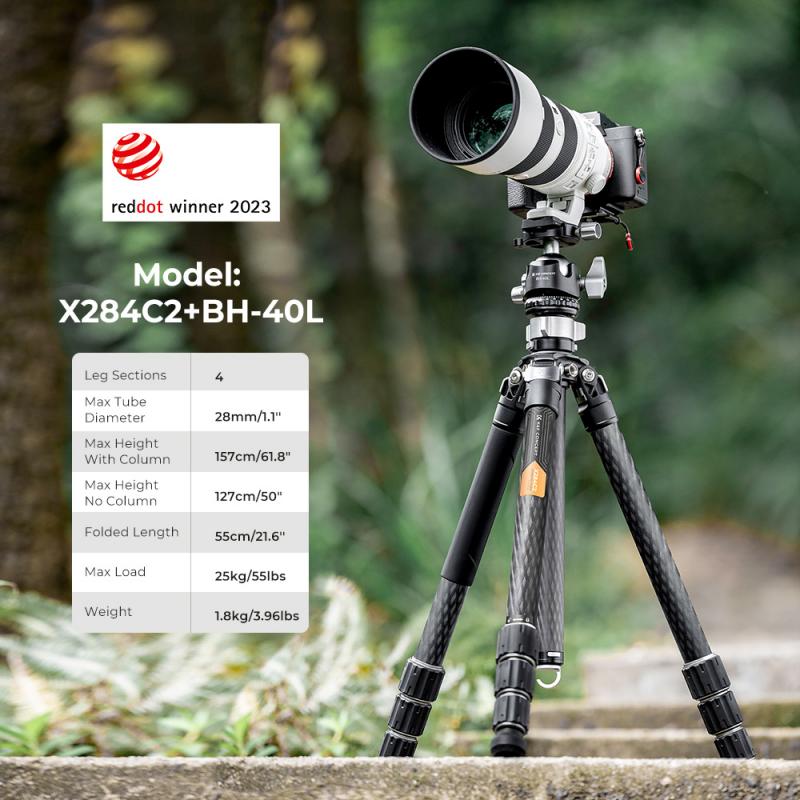
4、 Reduces shakiness and enhances image/video quality.
A gimbal is a device that is used to stabilize cameras and other equipment to reduce shakiness and enhance image and video quality. It consists of three axes of rotation that allow for smooth and steady movement in any direction. The primary purpose of a gimbal is to counteract any unwanted movements or vibrations that can occur while capturing footage, resulting in a more professional and polished final product.
By using a gimbal, photographers and videographers can achieve incredibly smooth and stable shots, even when moving or walking. It eliminates the need for bulky and expensive stabilization equipment, such as tripods or dollies, making it a popular choice for professionals and amateurs alike.
In addition to reducing shakiness, gimbals also enhance image and video quality by providing a more natural and fluid motion. The smooth movements created by a gimbal can greatly improve the overall viewing experience, making the footage more engaging and immersive. It allows for seamless panning, tilting, and tracking shots, giving filmmakers more creative freedom and flexibility in their storytelling.
Moreover, gimbals have evolved over time to incorporate advanced features and technologies. Many gimbals now come with built-in motors and sensors that can automatically adjust the camera's position to compensate for any sudden movements or changes in direction. This ensures that the camera remains stable and level, even in challenging shooting conditions.
Furthermore, some gimbals offer additional features like object tracking, time-lapse, and panoramic modes, which further enhance the creative possibilities for photographers and videographers. These features allow for more dynamic and visually appealing shots, adding depth and dimension to the final product.
In conclusion, a gimbal is a versatile tool that reduces shakiness and enhances image and video quality. It provides stability and smoothness to footage, resulting in more professional and visually appealing content. With the continuous advancements in technology, gimbals are becoming more accessible and feature-rich, making them an essential accessory for anyone looking to capture high-quality footage.
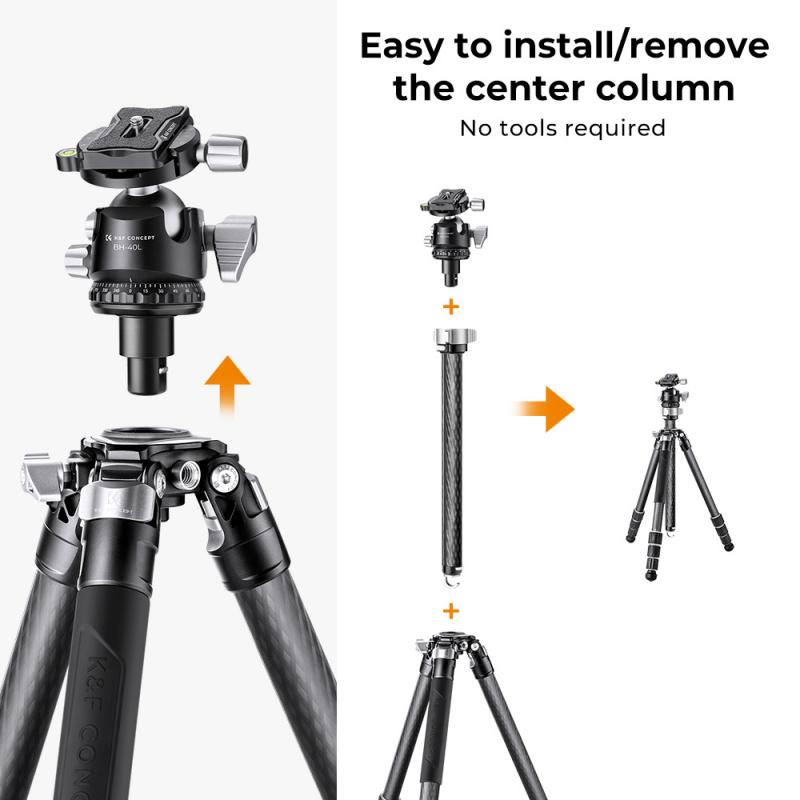


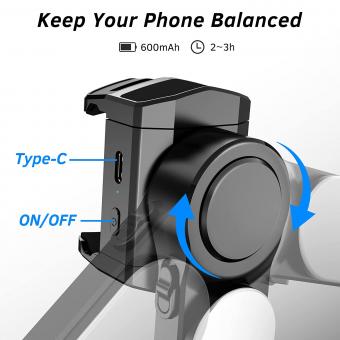


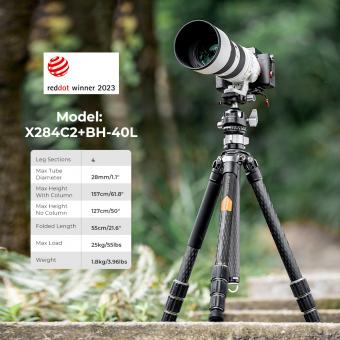
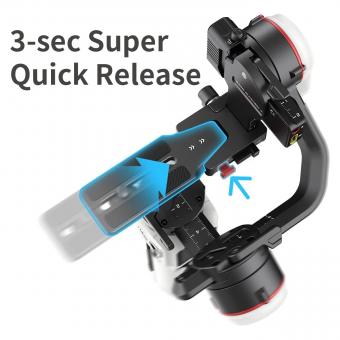








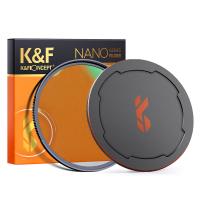



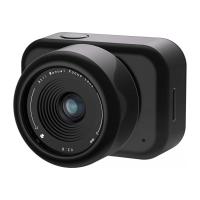
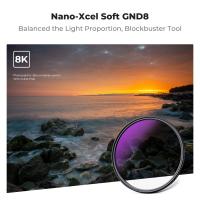
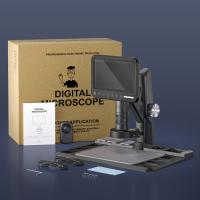

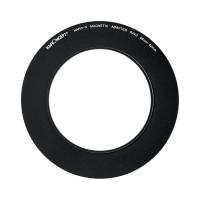

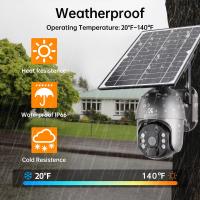
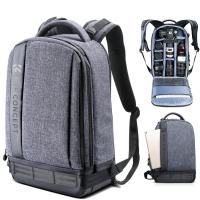


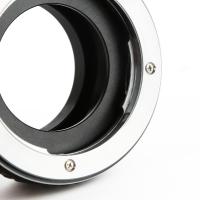
There are no comments for this blog.